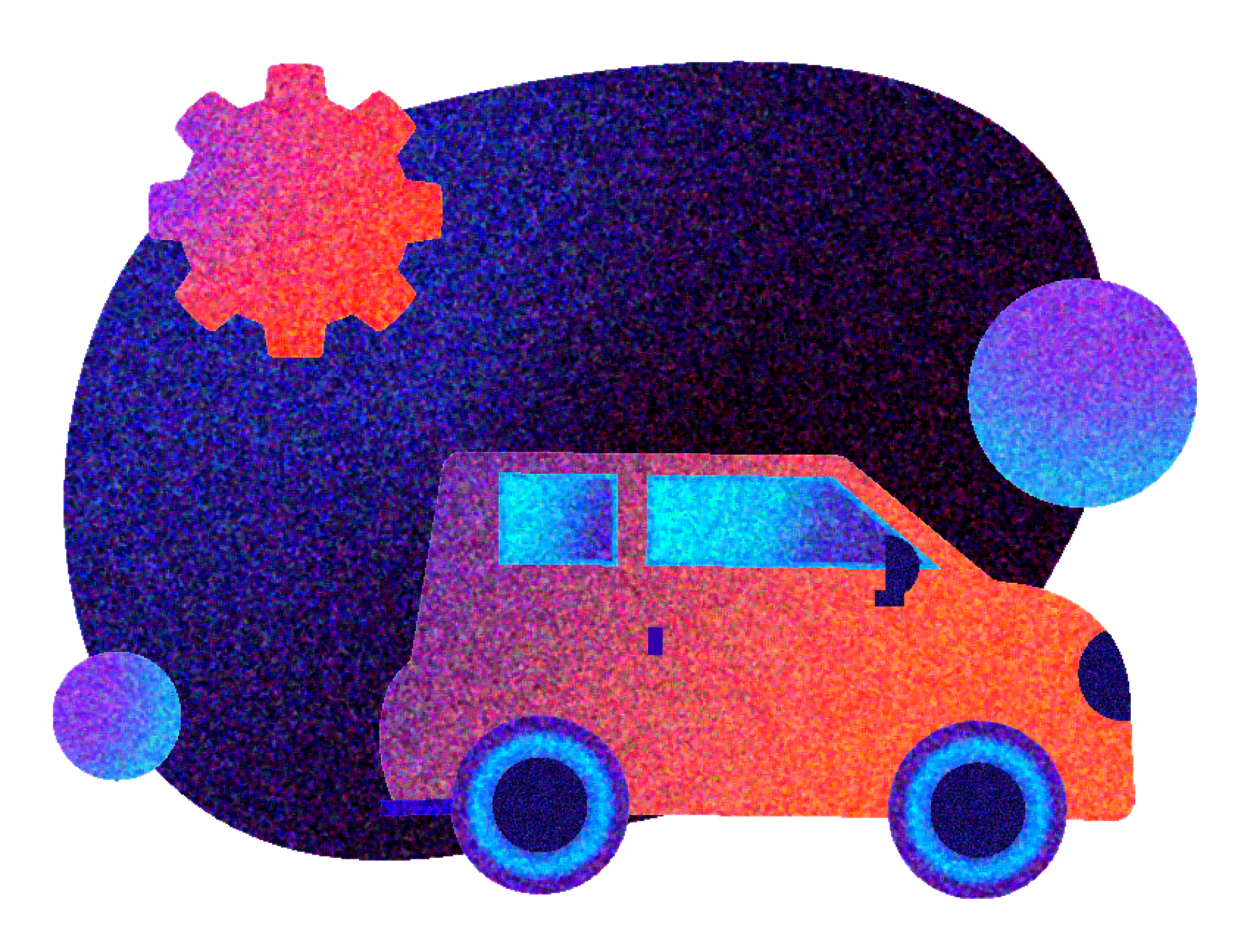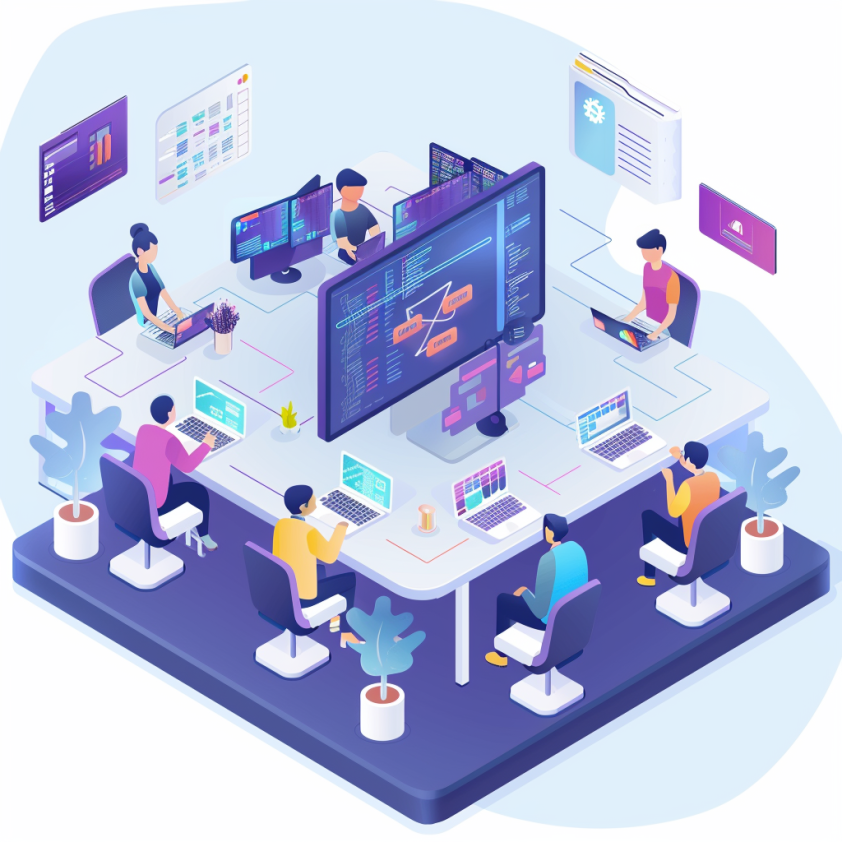Your company is under constant pressure to innovate and stay ahead of the competition. Regardless of industry, it’s harder than ever to do that in today’s tough business ecosystem.
Using modern technology is one of the best ways to ensure your organization stays on the cutting edge. And you could be held back by legacy applications — outdated systems that may have once been state-of-the-art but now struggle to meet modern demands.
But legacy application modernization isn’t just about upgrading the technology your company uses. It’s about transforming business processes and workflows to be more agile, efficient, and responsive to market changes.
And to do that properly, you’ll need to insure against technical debt. Technical debt is the extra work that arises when code or systems are implemented in a suboptimal way, often to achieve short-term goals or meet deadlines, at the expense of future maintenance and scalability.
The “Why:” The Need for Legacy App Modernization
There is a very real cost to using outdated technology, and not just financially.
Legacy applications are harder and more expensive to maintain and support. Existing code is often complex and may be built on a monolithic architecture, which makes updates difficult and time-consuming. They may also lack the ability to integrate with modern technology like APIs, public cloud services, and advanced analytics platforms.
Legacy applications are harder to scale when your business grows, limiting your company’s potential. They’re also less secure than modern systems, increasing the security risk in a data-driven world, and may not be compatible with mobile devices where many of your customers interact with your organization today.
The benefits of legacy system modernization, when considered against the cost of outdated technologies, are obvious:
- It saves money. The cost savings of a modernization project can be significant in the long run compared to the ongoing drain caused by continued use of a legacy system or application. Maintenance costs will be lower, the development process faster, and system downtimes shorter.
- It optimizes your business processes. If you’re still operating with the same processes you were 15 years ago, it’s unlikely you’re staying neck-and-neck with your competitors. Legacy application modernization improves your systems’ performance and functionality to keep you competitive and better the customer experience.
- It’s scalable. When you need your systems to grow, modern systems are able to meet that need. Modernizing legacy systems allows your company to prepare for future changes and growth, setting yourself up for success in the long-term.
The Impact of Technical Debt
Per information from Foundry, 86% of IT and business decision makers say technical debt impacts their organizations. CIOs estimate that technical debt amounts to 20-40% of the value of their entire technology estate, according to a survey by McKinsey.
In short, tech debt has a serious — and expensive — impact. Technical debt slows down innovation, disrupts business operations, and hinders the agility needed to respond to market changes. It can lead to longer development cycles, increased operational costs, and a greater risk of system failures.
For organizations relying on legacy applications, tech debt can be particularly problematic. The complexity and rigidity of outdated systems could exacerbate the challenges associated with technical debt, making it difficult to implement new features or integrate with modern technologies.
When undertaking a legacy application modernization, addressing technical debt needs to be part of the approach. When you identify and solve areas where tech debt is a problem, you’ll enhance system performance, reduce maintenance and support costs, and be able to innovate and scale according to your business needs. Modernizing legacy applications doesn’t just mitigate the negative impact of tech debt — it positions your organization for long-term growth and competitiveness.
The “What:” Legacy Application Modernization Technologies
It’s clear why legacy application modernization is important for your organization's success, and why it’s a smart business value. But what exactly does it take to make it happen?
To achieve modernization, your organization can take advantage of some of the latest and greatest innovations in the world of technology and software development. Consider the following application modernization strategies and technologies, and how they can help your organization solve and guard against tech debt.
Cloud Computing
Cloud-based technology allows your company to replatform or rehost applications in cloud-native environments. This doesn’t just offer your organization increased scalability and flexibility — it’s a great way to future-proof against tech debt, too.
App modernization and digital transformation roadmaps often include a cloud migration strategy (or a hybrid-cloud approach, in which systems are hosted partially on the cloud and partially on-premises) to that end. Your organization will be able to more easily update and maintain your system as time goes on, reducing the risk of accumulating new technical debt.
APIs
Application programming interfaces, or APIs, allow applications to communicate with one another by sharing data. This lets legacy apps integrate with new systems and new applications to enhance agility and user experience. Because APIs enable seamless interaction between disparate systems, you gain advanced functionalities while making minimal changes to legacy code — thereby reducing tech debt in the future.
Microservices
Legacy software and monolithic applications make upgrades and innovations difficult. Microservices architecture, on the other hand, breaks down applications into smaller, independent services that can be developed, deployed, and scaled individually.
This kind of “modular” approach enhances flexibility and allows teams to innovate and iterate more rapidly. Each microservice can be managed by different teams (even using different technologies, depending on business requirements) without affecting the entire system. This simplifies updates and maintenance and also significantly reduces the likelihood of accumulating technical debt, as changes to one service don’t necessitate extensive modifications across the entire application.
Automation
Automation tools can also play a vital role in legacy application modernization. This kind of technology can handle various processes like testing, deployment, and monitoring to ensure tasks are executed consistently and accurately.
For instance, automated testing can quickly identify issues within the codebase, allowing for faster resolution (and minimizing the risk of technical debt.) Similarly, automated deployment pipelines can facilitate continuous integration and continuous delivery (CI/CD), enabling rapid and reliable updates to applications.
DevOps
DevOps combines development and operations teams to streamline the entire software development lifecycle. With a DevOps modernization approach, code changes are automatically tested, integrated, and deployed — this reduces the likelihood of errors and helps to mitigate tech debt by ensuring updates and improvements are consistently applied. For legacy application modernization, this provides a robust framework for continuing innovation and scalable growth.
Mobile Modernization: From Native to Cross-Platform Solutions
Legacy mobile applications built natively for Android and iOS often face significant challenges, especially compared to more modern application architectures. These apps typically require separate codebases for each platform, leading to increased development and maintenance efforts. And as both operating systems evolve, keeping up with updates, security patches, and new features becomes increasingly complex and resource-intensive.
Adopting a cross-platform solution like React Native addresses many of these challenges. React Native allows developers to write a single codebase that runs on both Android and iOS, significantly reducing development time and costs. It leverages JavaScript and React, which are widely known and used (again, reducing tech debt in the future).
React Native is also a compelling mobile modernization solution because it provides near-native performance and a rich set of pre-built components. This enables the creation of high-quality, responsive, and consistent user interfaces.
This kind of modernization effort isn’t theoretical; it’s been proven in the real world. Take Hertz, for example. After the pandemic disrupted global travel, the company leveraged a React Native mobile app and a backend API to automate delivery manifests, enabling “last-mile” deliveries to generate additional revenue. Interested in learning more? Check out the full case study.
Start Your Legacy App Modernization Journey
Achieving business goals in an increasingly competitive and saturated market requires the latest and greatest in new technologies. Legacy application modernization — including for mobile applications using solutions like React Native — not only keeps your company current, but enhances the performance and scalability of existing systems while ensuring against technical debt.
Focused Labs is your partner throughout the legacy modernization process. Our technology consultants embed in your team to ensure your legacy modernization efforts are successful. And because we use a depreciation model, you can rest assured you won’t be reliant on our team once the project has wrapped.
To learn more and get started, contact the Focused Labs team today.




